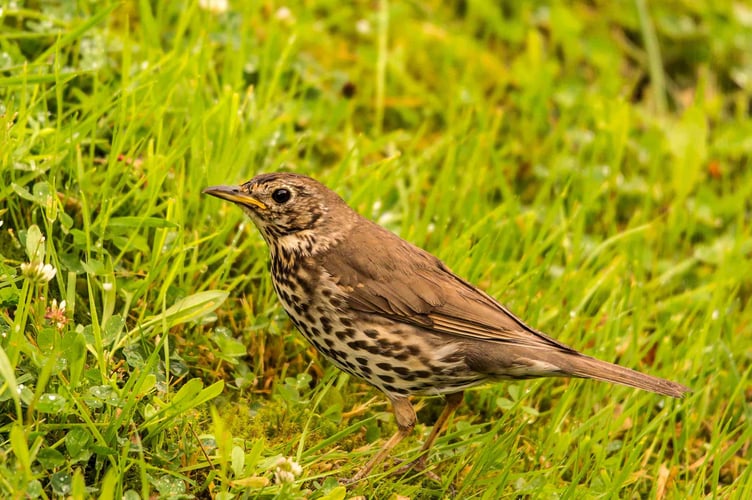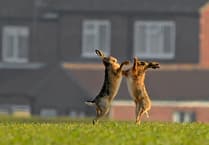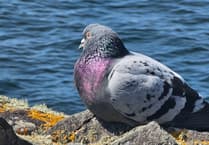Birdsong is one of the most awe-inspiring parts of springtime. You’ve most probably noticed it throughout the daylight hours wherever and whenever you’ve been outdoors over the last week or so.
If you’re an early riser you may have been lucky enough to hear some of the world’s finest singers taking part in the greatest concert on earth: the dawn chorus. But why do they do it?
Imagine the scene: it’s peaceful as the sky brightens in the east. Suddenly a voice to your left shouts “Get outa my space! Oi you – scarper!” Again and again.
In front of you numerous voices excitedly call “We’re all here – come and join us!”
Meanwhile, to your right a solo voice shouts suggestively: “Come on girls, I’m the guy you want – handsome, hunky and hot! And you can rely on me to help raise your family!”
That’s what we’d understand if we were birds. But to us it sounds musical, captivating and uplifting.

The main function of birdsong is to communicate with other birds, either to mark territory, to attract a mate or to be sociable. Each species has its own sounds, songs and rules: robins sing to talk to other robins, not to blackbirds.
Birds sing the longest in the breeding season, from late January until July. Singing requires effort and energy, so they sing at dawn and dusk when the air is often much stiller and sounds carry further. With less background noise early on, their song can carry up to 20 times as far.
There’s also a chorus at dusk, but it’s much quieter: some birds, including blue tits and tree sparrows, prefer to sing at that time of day.
The sole purpose of what we call birdsong is to ensure the singer is a successful breeder. It is unlike the tweets, trills, chirps, quacks and honks birds make throughout the year during feeding, foraging and flight, or when a flock settles down for the night.
This Sunday (May 5) is International Dawn Chorus Day: it started in the 1980s when broadcaster and environmentalist Chris Baines asked friends to attend his birthday party at 4am in Birmingham so they could enjoy the dawn chorus with him. It has grown from that small event to an annual international celebration on the first Sunday in May.
The dawn chorus isn’t a free-for-all, as different species know exactly when to join in the symphony. The first birds start to sing about an hour before sunrise. Act one is performed by wrens, dunnocks and robins - the earliest to warm up. Act two stars blackbirds, song thrushes and skylarks.
Act three is presented by the chiff chaff, chaffinch, wood pigeon and collared dove. Finally, act four features blue tits, long-tailed tits, great tits, goldcrests and tree sparrows.
You can enjoy the dawn chorus any morning at this time of year, even from home: just open your window and listen! It doesn’t really matter where you happen to be or if you can’t identify the birds taking part – it’s still a beautiful, natural piece of entertainment. The next time you wake early, try to take time out to enjoy nature’s daily miracle.
If you can’t be up and out of doors early this Sunday you can listen online to the dawn chorus live from Lackford Lakes in Suffolk, courtesy of The Wildlife Trusts: www.wildlifetrusts.org/dawn-chorus-day





Comments
This article has no comments yet. Be the first to leave a comment.